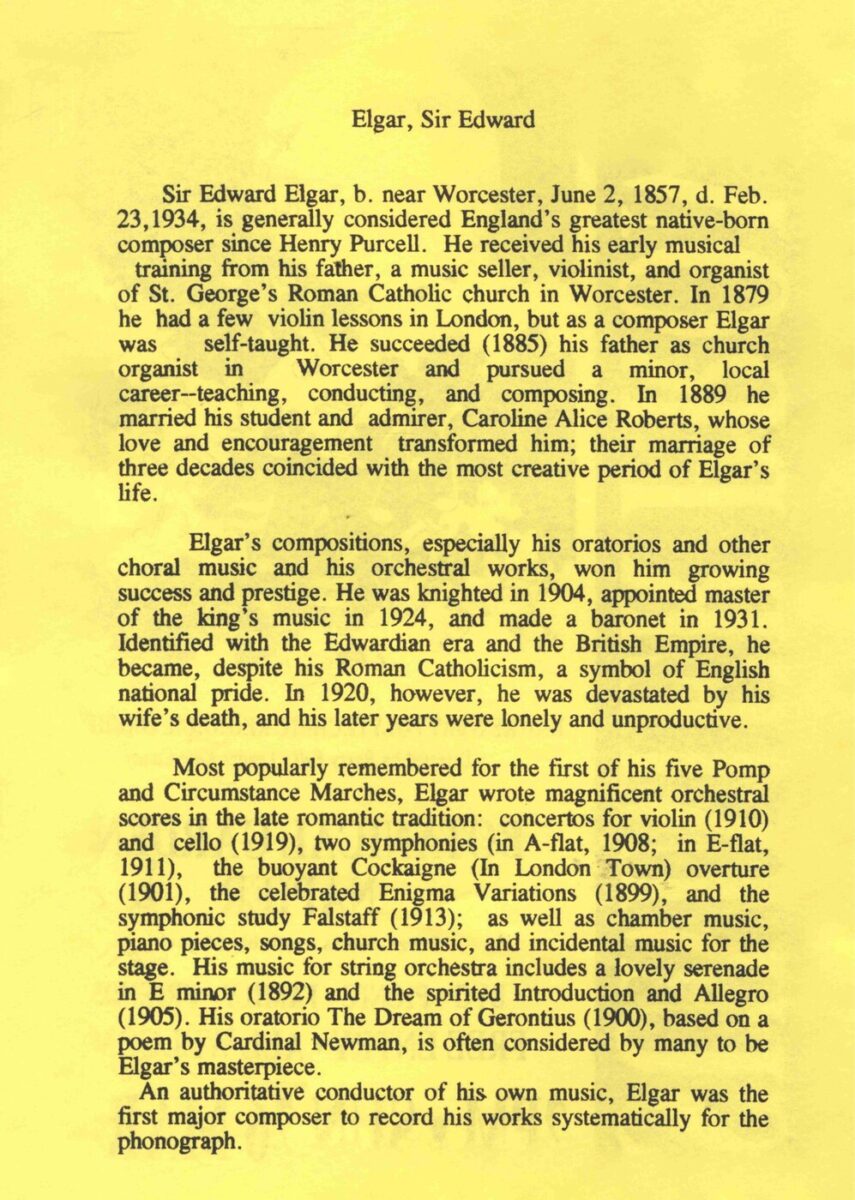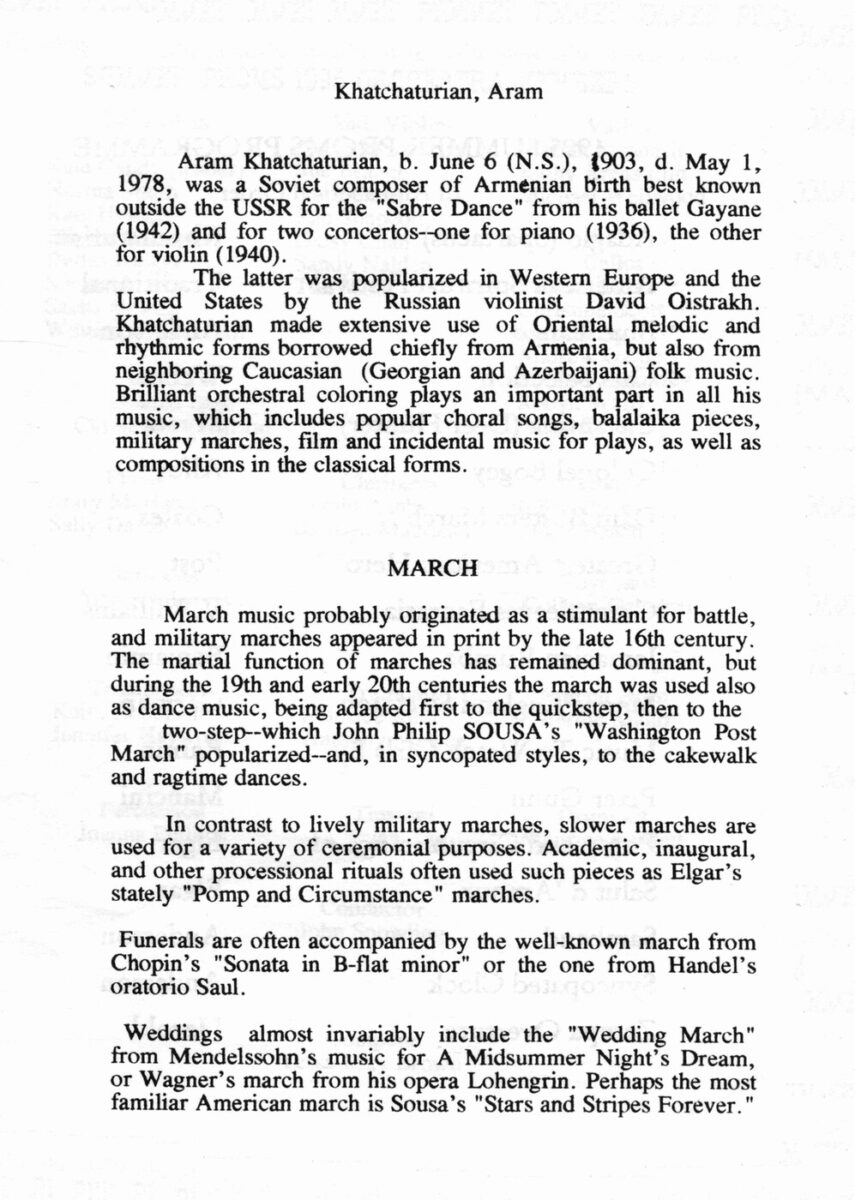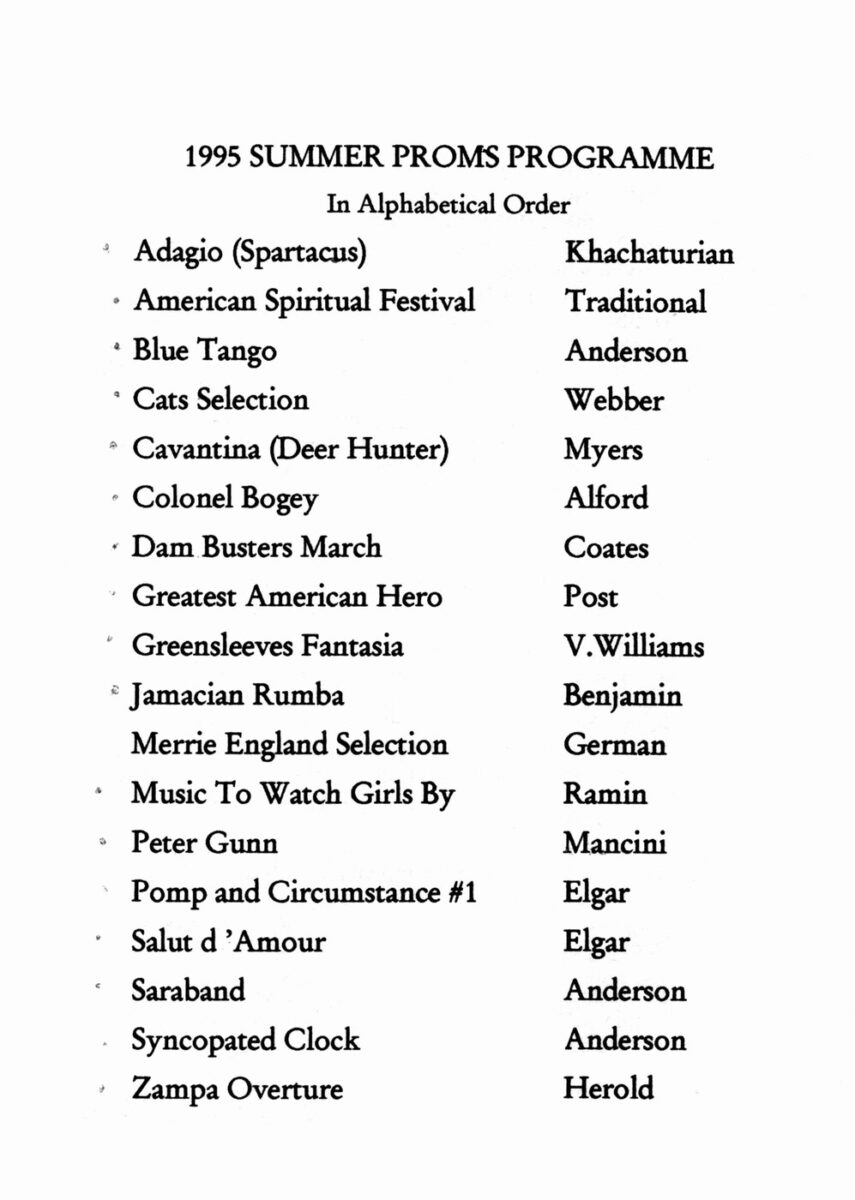Latin American music and dance
The term Latin American as used here encompasses the Americas south of the United States, as well as the entire Caribbean. The musics of this vast area are perhaps most efficiently discussed not geographically but rather in terms of ethnic components – European (especially Iberian), Amerindian, African, and mestizo (“mixed” or acculturated).
During the colonial period in Latin America (16th-19th century) many Amerindian populations were considerably reduced, and much traditional Amerindian musical culture was destroyed or syncretized with Iberian. Drums, rattles, scrapers, slit drums (hollowed logs), whistles, vertical flutes, and panpipes were found, with almost total absence of stringed instruments. In Mesoamerica Indians now play harps, fiddles, and guitars based upon archaic Spanish models, or MARIMBAS of African origin, all of which have largely replaced indigenous instruments. Only in certain tropical areas (for example, the Amazon basin) are virtually unacculturated Amerindian musics found.
The Iberian origins of many song and dance forms are evident in a widespread predilection for alternating 3/4 and 6/8 meters (hemiola), the use of harps, fiddles, guitars, and many song types derived from Spanish verse structures such as the romanze or villancico. Relatively few Iberian genres have been retained in their original forms; rather, acculturated song and dance genres are distinctly regional in text, structure, choreography, and spirit. They include the zamba of Argentina, cueca of Chile and Bolivia, bambuco of Colombia, joropo of Venezuela, jarabe and huapango of Mexico, and son and punto of Cuba.
The largest black populations are found in tropical coastal lowlands, as in the Caribbean, Eastern Central America, Venezuela, Brazil, and the Colombian/Ecuadorian coasts. African musical features commonly retained include call and response singing, polyrhythms, extensive use of ostinatos (persistently repeated musical figures), and improvisation based on recurring short phrases. African instruments found in both unaltered and adapted forms, with many regional names and variations, include long drums, often in “family” sets of three (congas), iron gongs, gourd scrapers (guiro), concussion sticks (claves), internal or external rattles (maracas, shekere), sanza (marimbula), and marimbas.



















Do you know something about this record?
Please note we cannot verify the accuracy of any information posted by the community.